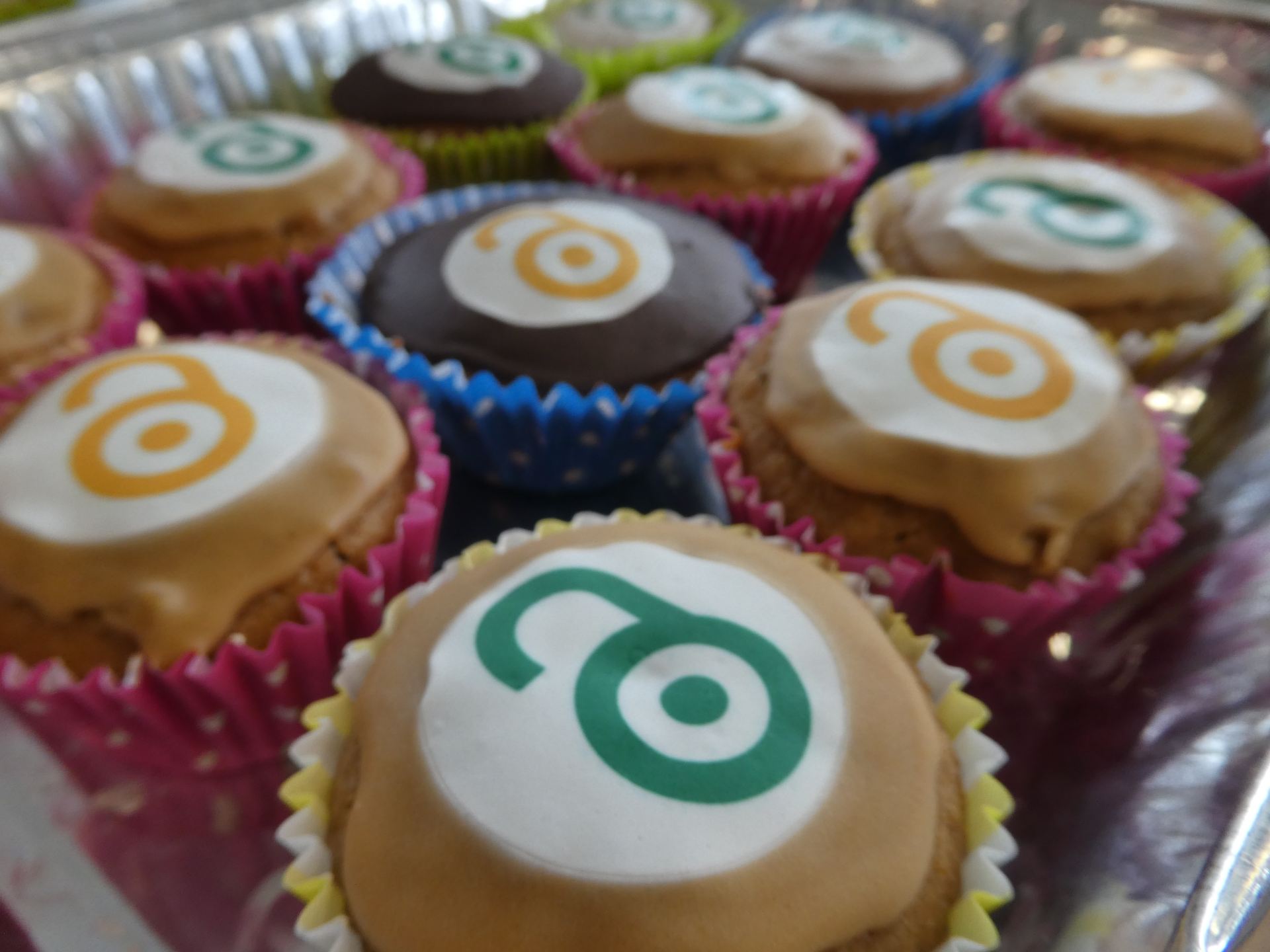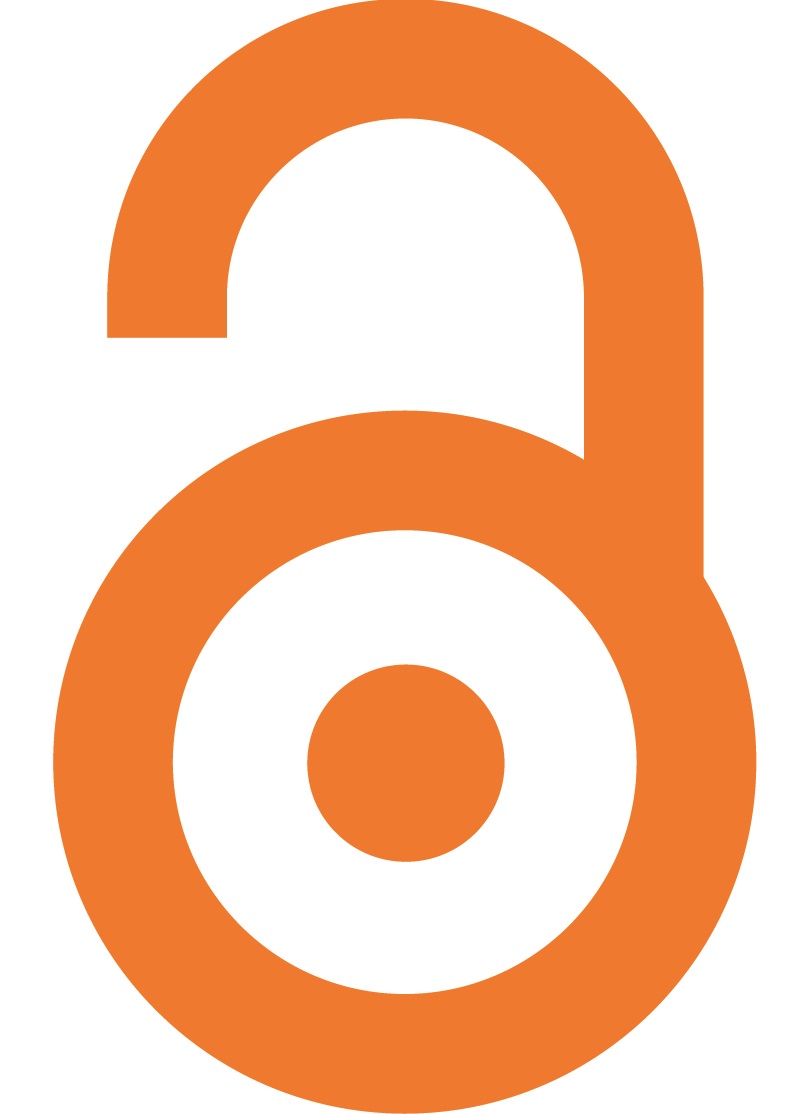Open Access – part of the University’s commitment to Open Research
 At the University of Reading, we’ve been encouraging our researchers to make their work Open Access for many years either by publishing their outputs as Gold Open Access or by using the University’s CentAUR repository to make them available via the Green Open Access route. This is part of the University’s commitment to Open Research. To date, the emphasis has been on making journal articles Open Access rather than books and book chapters, but this is likely to change as funders’ requirements also evolve to include a wider range of research outputs in their Open Access mandates.
At the University of Reading, we’ve been encouraging our researchers to make their work Open Access for many years either by publishing their outputs as Gold Open Access or by using the University’s CentAUR repository to make them available via the Green Open Access route. This is part of the University’s commitment to Open Research. To date, the emphasis has been on making journal articles Open Access rather than books and book chapters, but this is likely to change as funders’ requirements also evolve to include a wider range of research outputs in their Open Access mandates.
For outputs published in journals, improved access to funding for Gold Open Access, both from funders such as UKRI and from the University’s own Gold Open Access Fund, and the growth of Transformative Agreements with publishers has led to an increase in the number of items that are published Open Access. This means that a large percentage of the University of Reading’s outputs published as journal articles are now openly accessible, discoverable and free to read, reuse and repurpose by users all over the world.
As part of our Open Access Week activities, this post looks at how Open Access for journal articles has evolved at University of Reading over the last 10 years.
How have Open Access publishing practices for journal articles changed over the last 10 years?
The Scopus database was used to find journal outputs where at least one of the authors declared a University of Reading affiliation. The Unpaywall simple query tool was then used to find out whether the articles were published as Gold Open Access or became open through the Green Open Access route via CentAUR or another institutional repository.

The graph shows the breakdown of the different types of access to articles published from 2013 to the end of September 2022. In 2013, when the Research Councils UK funder mandate for Open Access began, only a small proportion of articles authored by University of Reading authors were published as Gold Open Access, 7.2% as hybrid Gold Open Access and 10% in pure Gold Open Access journals. In the same year, the University of Reading also developed its own policy on Open Access for research articles, encouraging authors to choose the Open Access route if they were able to do so. Authors began to be more aware of Open Access as a movement and something that they should think about when publishing their research outputs. This cultural shift also encompassed the use of institutional repositories to archive author-accepted versions of articles. The Green Open Access route was also not as well developed in 2013 as it is now, with only 22% of outputs available as author-accepted versions of published manuscripts. As an indication of the state of Open Access at this time, the data show that around 50% of the outputs published in 2013 may still be behind publisher paywalls (the black segment in the bars of the graph).
As the requirement for funded authors to publish Open Access became more established and the Open Access requirement for the REF2021 was imposed on UK University-based researchers, the pattern of Open Access publishing began to change. In 2016, the University of Reading also established a Gold Open Access fund that allowed unfunded staff and students to publish their work in pure Gold Open Access journals or hybrid journals with a relatively low article processing charge (APC). The effect of these measures can be seen in the chart above. By 2017, over 40% of journal outputs were published as Gold Open Access, split roughly 50:50 between pure Gold and hybrid journals. The proportion of outputs available via the Green Open Access route also grew to 37%. Overall, under 13% of total outputs for 2017 are currently behind publisher paywalls and available to subscribers only.
Transformative Agreements drive Gold Open Access in hybrid journals
Since 2020 there has been a growth in Transformative Agreements with publishers. These agreements have the aim of transforming publishers’ business models from subscription-based ones, where libraries pay to access content, to an ‘author pays’ model whereby journals are funded by the APCs paid to publish Open Access. The University of Reading has signed up for several of these JISC-negotiated national agreements and they are changing the pattern of Open Access publishing across the University, increasing the number of Gold Open Access outputs in hybrid journals. The deals include some of the major publishers, for example Springer, Wiley, Elsevier and Taylor and Francis, but also some smaller and Learned Society publishers such as Portland Press and Microbiology Society. Since 2019, the percentage of outputs published as Gold Open Access in hybrid journals has increased from 15% of total outputs to over 31% for the first nine months of 2022.
The continuing importance of Green Open Access

Despite the increase in the percentage of University of Reading’s outputs being published as pure Gold
or hybrid Gold Open Access, there is still a significant role for the Green Open Access route. At University of Reading, the Green Open Access route is particularly important for authors who are publishing in journals that charge a very high APC that cannot be funded from the University’s budgets. All researchers are able to fulfil funder’s mandates and increase the reach of their research by making the author-accepted version of their work available. For most years, over 30% of articles are available via an author-accepted version of the article hosted in the institutional repository. The impact of publisher embargoes on the availability of these versions can be seen in the chart; for 2022 the proportion of articles that are available to journal subscribers only is over 22%. However, within 6 to 12 months, as publisher embargoes expire, more of this content will become available through the Green Open Access route. The new 2022 UKRI policy on Open Access requires that author-accepted versions in repositories are now made available to users without embargoes at the same time as the publisher’s version of record is released. This new requirement for funded authors should also reduce the time lag on the availability of items in the CentAUR repository.
Will all University of Reading’s journal articles be published Open Access in the future?
 The proportion of closed articles that are available to journal subscribers only is usually around 10% of the total articles published by University of Reading researchers each year. There may be several reasons that this content is not made available Open Access in some form. The journal may not have any mechanism for publishing Open Access or have a self-archiving policy in place, the researcher may not be bound by any Open Access mandates and so choose not to publish openly, the researcher may not be able to deposit the author-accepted manuscript in an appropriate repository or (despite University policy) the researcher may simply forget to deposit their manuscript.
The proportion of closed articles that are available to journal subscribers only is usually around 10% of the total articles published by University of Reading researchers each year. There may be several reasons that this content is not made available Open Access in some form. The journal may not have any mechanism for publishing Open Access or have a self-archiving policy in place, the researcher may not be bound by any Open Access mandates and so choose not to publish openly, the researcher may not be able to deposit the author-accepted manuscript in an appropriate repository or (despite University policy) the researcher may simply forget to deposit their manuscript.
It is possible that more publishers will negotiate Transformative Agreements over the next few years and this could enable more of University of Reading research to be published Open Access. New deals would involve a large number of smaller publishers and it may be difficult to justify the time and money needed to set up lots of individual arrangements. As the aim of Transformative Agreements is to change the publishing model, it is also expected that many journals should flip from the hybrid model to pure Gold Open Access over the coming years. However, the cost of any further agreements or paying APCs as authors publish may well be prohibitive. A recent estimate of the cost of making the remainder of Reading’s journal outputs open access gave a figure of over £2 million per year in addition to the current six-figure spends from the UKRI block grant and the University Gold Open Access Fund.
How is Open Access funding managed at University of Reading?
You can find out more about how researchers at University of Reading can publish their outputs Open Access by visiting our Open Access Libguide.























 RSS - Posts
RSS - Posts